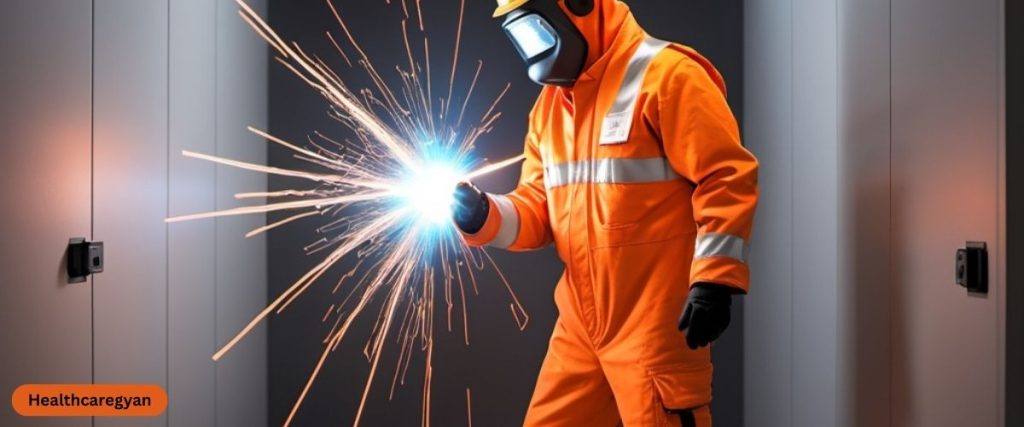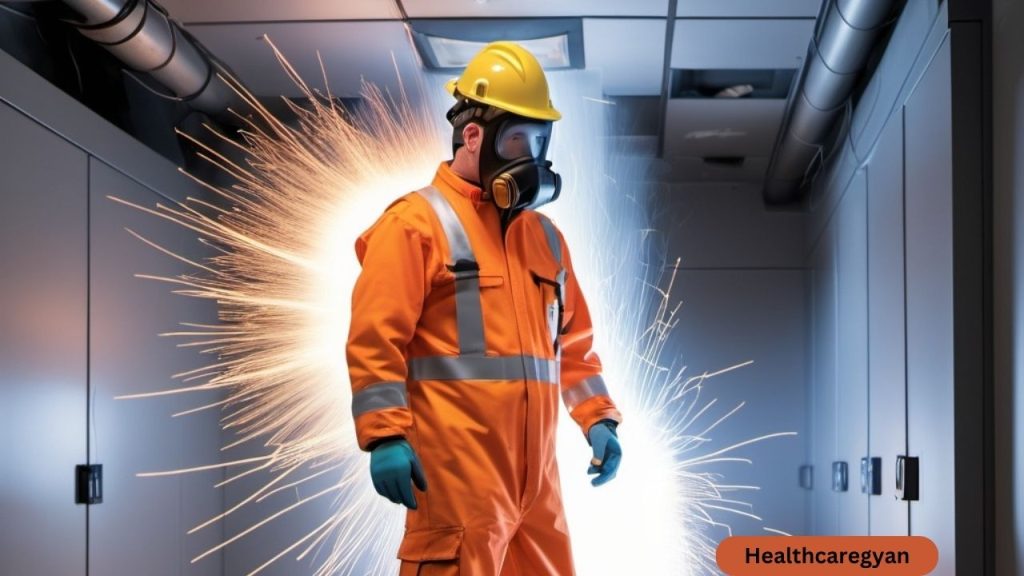OSHA arc flash incidents are among the most dangerous hazards faced in the workplace with electrical systems. In recognition of the severity of such incidents, the Occupational Safety and Health Administration has reviewed its arc flash guidance to improve the safety of the work environment. This article explains what such changes mean to businesses and how businesses can adapt.
What Is an Arc Flash? OSHA Arc Flash
Arc flash is the effect of an electrical discharge that travels through the air between conductors or from a conductor to the ground. High heat, lights, and pressure waves are emitted causing severe injury and even death due to possible equipment failures and damages. The causes generally include equipment failure, human errors, and dust accumulations on electrical parts.
Amended Regulations in Arc Flash Safety by OSHA
OSHA has amended its regulations to provide updates on preventing processes toward the better protection of workers. Major changes are:
Risk Assessment Requirements Have Been Expanded: The employer must undertake effective risk assessments to identify those hazards that pose an arc flash threat. The assessment will identify the hazards and consider the likelihood of their occurrence as well as the severity of potential incidents.
Personal Protective Equipment (PPE) Requirements: Requirements are updated to reflect more stringent levels of personal protective equipment. Employers must provide workers with arc-rated clothing face shields and gloves and other PPE as appropriate.
Training and Competency: OSHA Arc Flash
OSHA standards dictate that workers are frequently trained on the issues related to arc flash hazards and safe work practices. Training includes recognition of potential hazards, appropriate use of equipment, and safe work practices concerning emergency response.

Labeling and Signage: OSHA Arc Flash
Electrical panels and equipment should, by law, feature conspicuous arc flash hazard warning labels. Such labeling allows workers to identify danger zones and respond accordingly.
Maintenance and Documentation: OSHA Arc Flash
Employers must keep accurate records of risk assessments, personal protective equipment inspections, and employee training. Regular maintenance of equipment also plays a key role in minimizing arc flash risks.
Why These Updates Matter
These changes will minimize workplace injuries and fatalities caused by arc flash incidents. Standardized safety practices, with an emphasis on proactive measures, will be provided by OSHA to organizations to make workplaces safer.
How Businesses Can Comply: OSHA Arc Flash
- Review and Update Safety Protocols: Bring protocols for safety procedures into alignment with OSHA’s new guidance.
- Invest in Quality PPE: Use protective equipment that meets current standards.
- Schedule Regular Training: Train the employees about new hazards and safety measures.
- Carry out risk assessments regularly and document their findings.Equipment Maintenance: Identify and resolve problems before they become major problems by regularly maintaining them.
Final Thoughts: OSHA Arc Flash
Implementing OSHA’s new arc flash guidance is essential for the prevention of all kinds of injuries in the workplace. By keeping up-to-date and proactive, businesses can secure their workers’ lives and minimize risks whenever an arc flash occurs.

